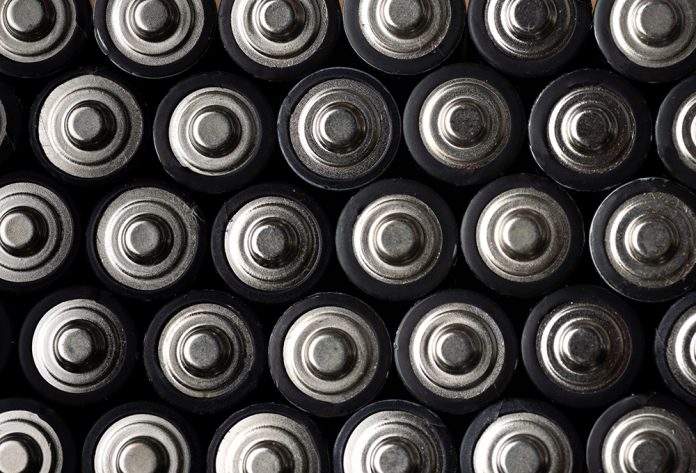Li-ion battery systems are vital to the future of renewable energy, but sustainability is also a crucial consideration, as Sam Bailey, Partner and Patent Attorney, Mewburn Ellis, explains.
Most with a basic understanding of chemistry will have heard of chromatography, solvent extractions, and precipitations. Indeed, you could be forgiven for thinking that chemical extraction and separation techniques and their applications are typically well-established. New developments of these techniques, however, are starting to show promise in lessening the environmental impact of lithium-ion (Li-ion) batteries.
A surge in demand
With developments in technologies such as electric vehicles and grid power storage to support renewable energy generation, the demand for Li-ion battery capacity is set to rise exponentially in the next decade.
To meet this demand there is a huge focus in the scientific community on improving the efficiency and capacity of these battery systems by changing the underlying cell chemistry and construction.
While those innovations will play a vital role in meeting the future energy needs, addressing the environmental impact at both ends of the battery lifecycle is also essential if this form of power storage is to be truly sustainable.
The negative (-)
Both ends of the battery lifecycle share some common challenges, like extracting a desired pure material from a heterogeneous feedstock.
At the birth of a battery, raw materials must be extracted, maybe from a mined ore, and made into a battery cell in an energy efficient and environmentally friendly way.
At the death of a battery the raw materials need to be retrieved as far as possible to feed back into the manufacturing process alongside the freshly extracted raw materials.
These challenges have prompted researchers to adapt existing extraction technologies to meet the specific conditions in the battery environment.
For example froth floatation extraction is a well-known technique in the mining industry to increase the hydrophobicity of valuable parts of a mined ore so that they can be skimmed off the surface of a floatation vessel while the less valuable components sink to the bottom.
Unfortunately valuable battery cathode materials such as lithium manganese oxide (LMO) typically sink in this type of system making them hard to separate.
The positive (+)
In new research scientists at MIT have succeeded in adapting the known systems to effectively separate out not only the metal foil parts of a Li-ion battery but also the LMO cathode material in high purity for recycling into new battery cells.
Other innovative extraction technologies are also being applied in the battery arena; such as a selective chemical transformation to allow easier separation of valuable elements, either from mined ores or from used Li-ion electrode materials.
Isolation processes such as solvent extraction, ion exchange, and precipitation techniques are known to achieve this type of isolation. These commonly use large amounts of solvents, however, many of which may be environmentally damaging.
A second research group at MIT has developed a process by which desired elements in an ore or recycling feedstock can be selectively transformed into sulphides allowing separation and then desulphidation to reclaim the valuable material; thus avoiding the use of large amounts of solvents.
Extraction technology is also being enlisted to address one of the supply-chain hurdles facing Li-ion battery manufacture; sourcing a local supply of lithium.
Worldwide, the main areas of lithium mining (Australia, South America and China) do not, with the exception of China, coincide with the regions of high Li-ion battery production. This leaves many manufacturers forced to import their lithium supply.
Application of a variety of extraction techniques to geothermal brines (aqueous solutions having high concentrations of salts resulting from circulation through hot underground rock formations) is touted as a possible local lithium supply to avoid the environmental impact of transporting lithium around the world.
A variety of extraction techniques have resulted in large numbers of patents in this area some of which are summarised in a research paper from the Lawrence Berkeley National Laboratory.
These approaches to extraction of valuable components demonstrate the type of innovative techniques that will be needed to develop local production of elements for battery manufacture and the recycling of valuable materials from spent Li-ion batteries.
These clever twists on known technologies will work alongside the performance improvements in the batteries themselves as we strive for a more sustainable battery lifecycle.



